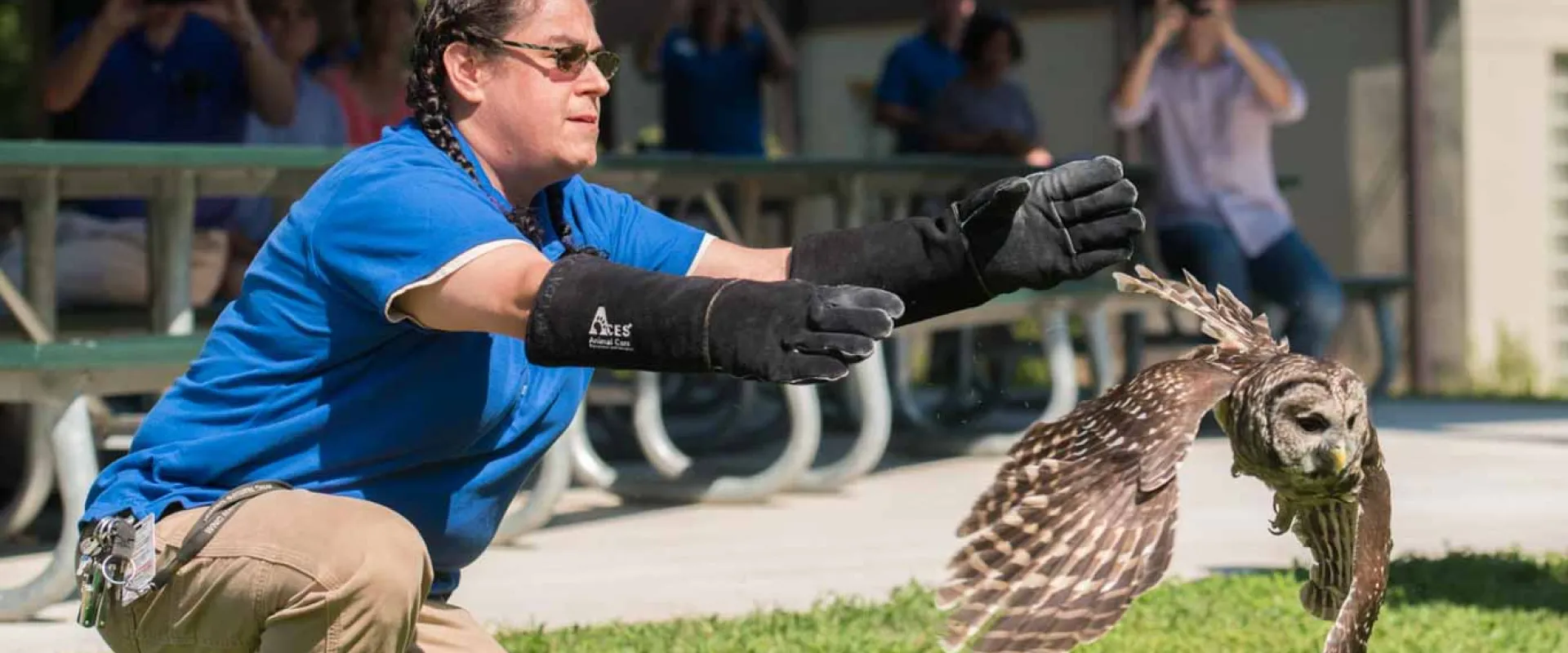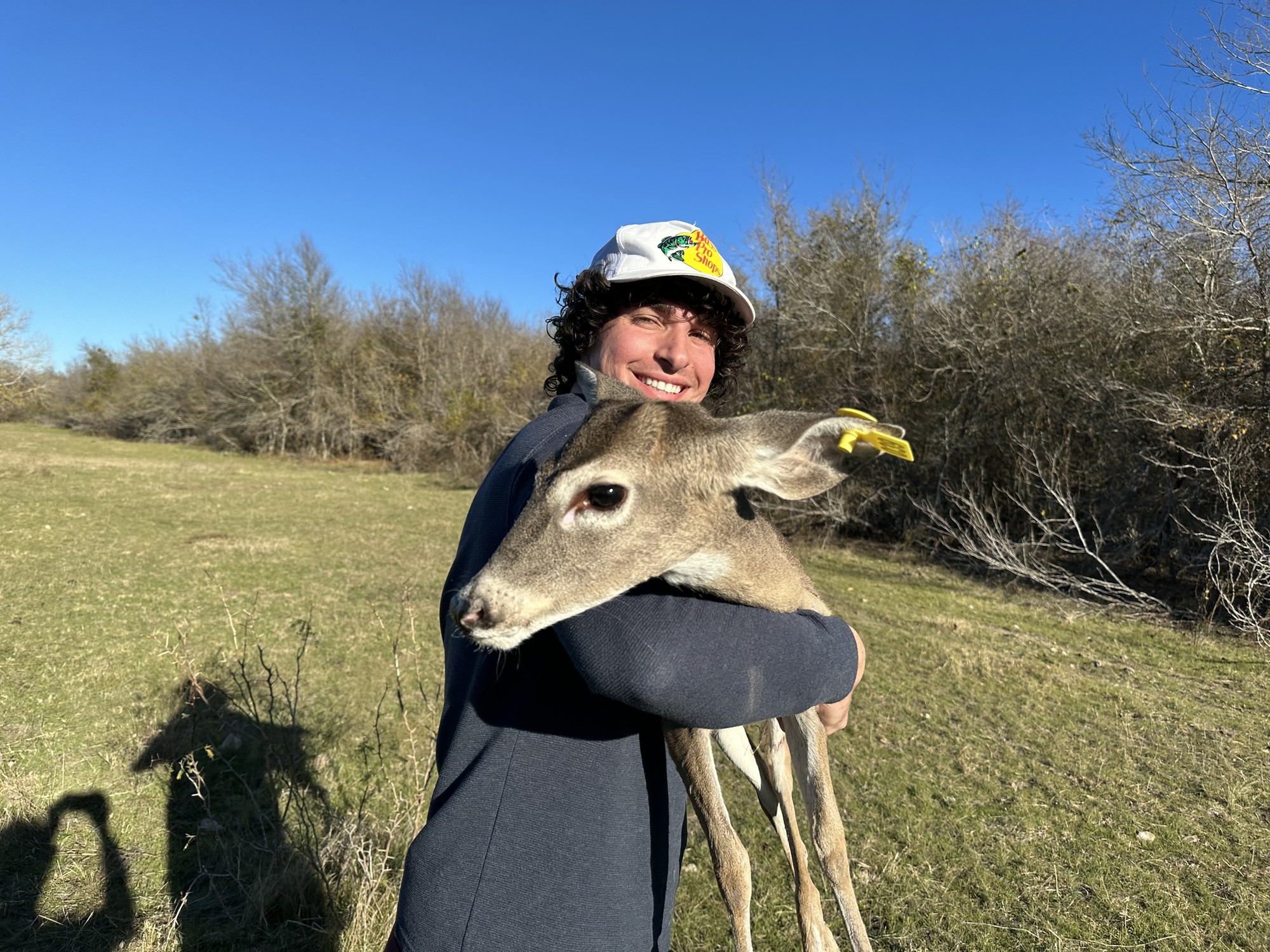Discover Expert Providers in Wildlife Rescue Burlington for Local Animals
Wiki Article
The Role of Humane Wildlife Removal in Protecting Local Ecosystems
Humane wildlife removal is not merely a moral factor to consider yet a crucial part in securing local environments. By prioritizing non-lethal methods, it deals with the fragile equilibrium in between human expansion and wildlife habitat conservation.Understanding Human-Wildlife Disputes
Human-wildlife conflicts typically arise when the all-natural environments of pets intersect with human tasks, causing competitors for sources and space. As urbanization and farming growth remain to intrude upon wild animals territories, pets such as raccoons, deer, and coyotes find themselves in closer proximity to human populaces. This distance can result in detrimental influence on both wildlife and human beings, as pets might trigger damage to plants, infrastructure, and personal effects while human beings might unintentionally hurt wild animals with habitat destruction and other anthropogenic stress.The intricacy of these disputes originates from an array of factors. Changes in land use, environment change, and the fragmentation of ecosystems often compel wildlife to adjust to brand-new environments, occasionally leading them into business or household areas. In addition, the accessibility of human-generated food resources, such as rubbish and animal food, can bring in wild animals to human negotiations, exacerbating interactions and potential problems.
Dealing with human-wildlife disputes calls for a nuanced understanding of animal actions, ecological dynamics, and socio-economic considerations. By examining these preservationists, interactions and policymakers can create techniques that intend to alleviate problems while protecting biodiversity and maintaining environmental balance. The objective is to promote coexistence and reduce adverse influence on both human communities and wildlife populaces.
Importance of Non-Lethal Techniques
Mitigating human-wildlife disputes demands approaches that focus on the wellness of both pets and human beings. Non-lethal approaches of wildlife removal personify this ethos by offering options that prevent harm to wildlife while attending to human worries. These techniques include exclusion strategies, environment adjustment, and the usage of deterrents to discourage wild animals from entering human environments (wildlife removal Burlington). By employing such approaches, we can handle wild animals interactions without turning to dangerous measures, therefore maintaining animal populations and reducing honest issues associated with murder.Non-lethal techniques are critical in preserving eco-friendly balance. They make certain that species continue to accomplish their roles within ecological communities, such as regulating pest populations or cross-pollinating plants. These methods usually confirm a lot more effective in the long term, as removing private animals can create a void that is promptly filled by other members of the varieties or various species completely. This can result in a cycle of recurring elimination efforts, whereas non-lethal deterrents resolve the origin triggers of wild animals visibility.
In addition, non-lethal techniques foster conjunction by educating the public concerning wildlife habits and encouraging unified living techniques. This awareness can bring about extra sustainable human-wildlife communications, inevitably securing both neighborhood interests and pet well-being.
Benefits for Biodiversity
When non-lethal wild animals elimination techniques are utilized, they contribute significantly to biodiversity conservation. By making certain the risk-free relocation of pets instead than their removal, these methods keep ecological balance and protect the integrity of environments.
Furthermore, these approaches promote coexistence between people and wildlife, decreasing unfavorable interactions and protecting the abundant tapestry of life that characterizes biodiverse regions. This strategy encourages a much deeper understanding and respect for wildlife, promoting neighborhood support for conservation initiatives. Eventually, humane wildlife removal is read the article a crucial element in protecting biodiversity, making sure environments stay practical and dynamic for future generations.
Strategies for Efficient Removal
Executing reliable approaches for humane wildlife removal needs an extensive understanding of pet habits and habitat requirements. This expertise acts as the foundation for establishing techniques that make sure the ethical and safe relocation of wildlife. One key approach entails conducting thorough evaluations of the affected area to determine the types present and the specific difficulties they posture. This assessment helps in designing tailored strategies that decrease anxiety and injury to the animals.One more important strategy is employing exemption strategies, which focus on securing entrance factors to stop pets from returning to structures. This approach not only attends to the instant problem but also works as a long-lasting option, minimizing future conflicts between people and wild animals. The use of safe deterrents and repellents can encourage animals to abandon locations willingly, matching other elimination efforts.
Capture and moving ought to constantly be a last resource, employed only when pets present a direct threat or are incapable to leave by themselves. In such instances, utilizing gentle catches and guaranteeing the release of animals in appropriate habitats are vital to safeguarding their welfare. Collaboration with wild animals specialists and adherence to legal policies additionally boost the efficiency of these approaches.

Promoting Coexistence in Urban Locations
Advertising conjunction in urban locations needs a multifaceted technique that balances human development with the requirements of local wild animals. Urban coordinators and policymakers must integrate green areas, such as parks and wild animals corridors, right into city designs to offer environments for native species. wildlife removal Burlington.Education and learning and recognition projects are vital in promoting a society of conjunction. Homeowners require to understand the significance of wildlife and the duty they play in neighborhood environments. Workshops and informative sessions can gear up neighborhoods with knowledge on how to minimize disputes, such as protecting garbage and making use of humane deterrents to avoid wildlife breach.
In addition, technology can play a significant role in promoting conjunction. The usage of wildlife monitoring systems, as an example, can help track animal movements and inform urban planning decisions. Partnerships in between environmental companies, city governments, and area groups can further enhance these initiatives, ensuring that city development progresses sustainably while respecting the eco-friendly equilibrium.
Conclusion
Humane wild animals elimination is vital for keeping ecological equilibrium and biodiversity by utilizing non-lethal techniques that reduce damage to animal populaces. Inevitably, promoting conjunction in city locations promotes an unified relationship between people and the all-natural environment, ensuring lasting ecosystems for future generations.As urbanization and agricultural development proceed to encroach upon wildlife regions, animals such as deer, raccoons, and coyotes read the full info here locate themselves in closer proximity to human populaces. Non-lethal techniques of wild animals removal embody this principles by supplying solutions that prevent harm to wild animals while check my source attending to human concerns. By using such techniques, we can take care of wild animals communications without resorting to dangerous procedures, therefore preserving animal populaces and lowering moral problems linked with killing.
Applying effective strategies for gentle wild animals removal requires a detailed understanding of animal behavior and environment requirements.Humane wild animals removal is important for preserving ecological equilibrium and biodiversity by using non-lethal techniques that lower harm to animal populaces.
Report this wiki page